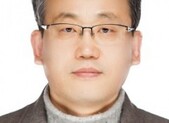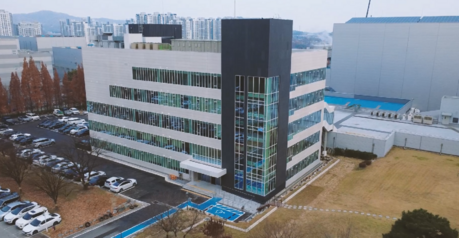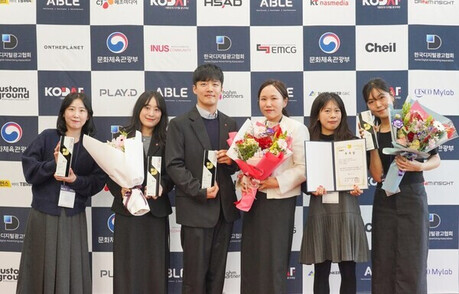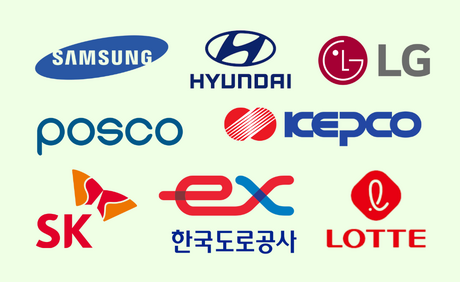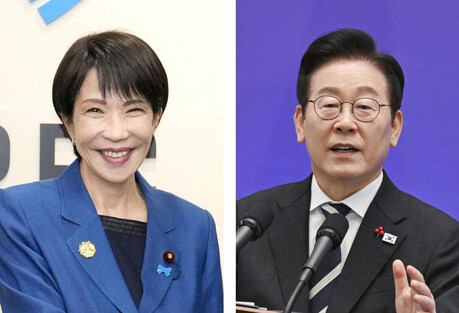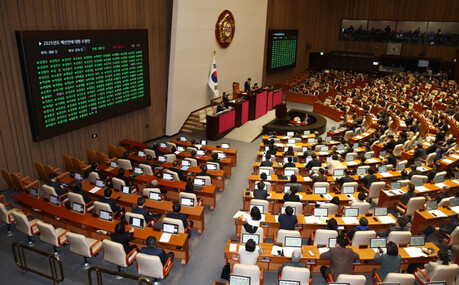
Argentina's National Atomic Energy Commission (CNEA) celebrated its 75th anniversary at the RA-10 multipurpose reactor site, unveiling ambitious plans for energy independence and entry into the global nuclear technology market. This announcement highlights a strong commitment to establishing Argentina as a leading nation in nuclear energy, with a particular focus on the development of Small Modular Reactors (SMRs) and the resumption of uranium mining.
ACR-300 SMR: The Heart of Argentina's Energy Revolution
At the commemorative event, Demian Reidel, President of the Argentine Nuclear Council, emphasized, "Through the development of the ACR-300, we will provide the world with a clean, stable, and scalable energy source." He added, "The ACR-300, a 300MW technological marvel designed by Argentine engineers, is the core of our nuclear energy plan, and it will put our nation at the forefront of a new energy revolution."
Reidel outlined plans to construct four ACR-300 SMRs at the Atucha site, which he stated would nearly double Argentina's current nuclear power generation capacity. He characterized this as the "first step," expressing ambitions to subsequently export this technology globally, thereby transforming not only Argentina's energy mix but also its export mix. This signifies Argentina's strategic goal of establishing itself as a nuclear technology exporter.
CNEA's Five Key Objectives: Focus on Completing the Nuclear Fuel Cycle
Germán Guido Lavalle, President of the National Atomic Energy Commission (CNEA), presented the organization's five key objectives for the next year: achieving criticality at the RA-10 power plant, commencing the overhaul of the Heavy Water Production Plant (PIAP), resuming uranium mining, opening the Argentine Proton Therapy Center, and resuming uranium enrichment to complete the nuclear fuel cycle.
Lavalle remarked, "There is a CNEA that, through technological development and human resource training, has provided a platform for the emergence of nuclear companies that are today globally competitive, exporting, creating jobs, and providing services in Argentina." He assessed this as "a true success of national policy." His statement indicates that Argentina has long considered nuclear technology self-sufficiency a national priority. The resumption of uranium mining and enrichment, in particular, is interpreted as a commitment to strengthening energy security and establishing nuclear technological sovereignty.
Javier Milei Government's Strong Nuclear Energy Drive
As a senior advisor to Argentine President Javier Milei, Reidel stated in an interview with the prominent Argentine daily La Nacion last week that the goal is for Argentina to be one of the first or leading countries to commercially sell SMRs. He said the national nuclear plan aims to accelerate the development of the ACR-300, developed by INVAP (Argentine Applied Research company) with private capital, and that they "aim to have four modules operating within five years." This clearly demonstrates the Milei government's strong push for nuclear energy as a key pillar of its energy policy, particularly through SMR exports.
Furthermore, in an interview with Infobae last March, Reidel suggested that SMRs could be sold in conjunction with an agreement to purchase Argentine uranium, stating that "it is insane to import uranium needed for conventional reactors despite having significant reserves." This remark suggests that Argentina is pursuing a complex strategy to leverage its abundant uranium resources to secure price competitiveness in SMR exports while simultaneously enhancing energy security.
Argentina's Nuclear Development History and Future
Since its establishment in 1950, CNEA has dedicated itself to scientific and technological development with the mission of "consolidating its position as a leading country in the peaceful and safe use of nuclear energy." Argentina currently possesses three operational nuclear power plants (Atucha I, operational since 1974; Atucha II, operational since 2014; and Embalse nuclear power plant, operational since 1983), which collectively produce approximately 5% of Argentina's total electricity. Plans for the construction of Atucha III existed in the past but appear to have been superseded by the current SMR plan.
Argentina already has experience in SMR development with the CAREM SMR. CAREM (Central Argentina de Elementos Modulares) is a 32 MWe prototype, Argentina's first independently designed and developed nuclear power unit. Groundbreaking occurred in 2014, but construction has been suspended multiple times since. It is estimated to be about two-thirds complete, with reports of funding uncertainties, and a Critical Design Review was ordered last May.
Despite the delays in CAREM SMR development, Argentina's renewed focus on a new SMR model, the ACR-300, is likely due to the global emergence of SMR technology as a key solution for energy transition. Various SMR models are being developed worldwide, including Korea's SMART and the US's NuScale. SMRs are gaining attention for their advantages, such as shorter construction periods, greater site flexibility, and enhanced safety in the event of an accident compared to traditional large reactors.
Global SMR Competition and Argentina's Positioning
As global SMR development competition intensifies, Argentina has an ambitious plan to enter the market with its indigenous technology. Beyond traditional nuclear powers like the United States, China, Russia, and France, countries such as Canada, the United Kingdom, and South Korea are also actively investing in SMR development. Each nation is developing SMRs based on its technological capabilities, aiming to meet domestic energy demand and open up export markets.
Argentina's ACR-300, at 300MW, is relatively large among most SMRs currently under development (typically 50-300MW). This seems to consider both large-scale power demand and the potential for distributed generation. Furthermore, the strategy of exporting SMRs as an 'integrated package' linked to domestic uranium resources and encompassing the entire nuclear fuel cycle could be a differentiating strength for Argentina compared to other competing nations. This is interpreted as an attempt by Argentina to build a unique business model that combines its mineral resources and technological capabilities, rather than simply selling SMR technology.
Challenges and Outlook
Argentina's plan to become a nuclear energy powerhouse faces several challenges. First, the successful development and commercialization of the ACR-300 require technical and financial backing. Stable funding and consistent policy implementation are crucial, especially given the delays experienced with the CAREM SMR. While the Milei government's strong will is supportive, a harmonious blend of national support and private investment is needed in the long term.
Second, the resumption of uranium mining and enrichment must be balanced with environmental concerns and international non-proliferation efforts. As a signatory to the Nuclear Non-Proliferation Treaty (NPT), Argentina must comply with strict regulations from the International Atomic Energy Agency (IAEA). Establishing a transparent and secure nuclear material management system is essential and will be a critical factor in gaining international trust.
Third, the global SMR market is still in its early stages, and fierce competition is expected. For Argentina to successfully commercialize the ACR-300 and secure competitiveness in the export market, not only technological prowess but also economic viability, safety, and the establishment of an international cooperation network will be key.
Nevertheless, Argentina is preparing for a new leap forward based on its long history and experience in nuclear technology development. If its abundant uranium resources, self-developed SMR models, and strong government support are combined, Argentina is expected to emerge as a new force in the nuclear energy sector and play a significant role in the global energy transition. This CNEA 75th-anniversary celebration appears to be a crucial turning point that will reshape Argentina's future energy landscape.
[Copyright (c) Global Economic Times. All Rights Reserved.]















